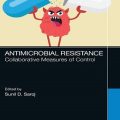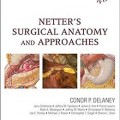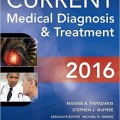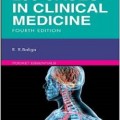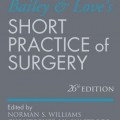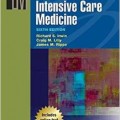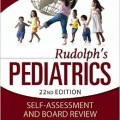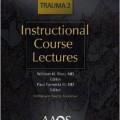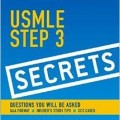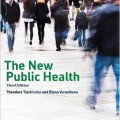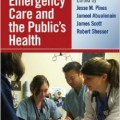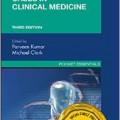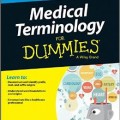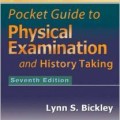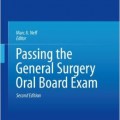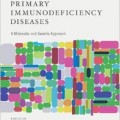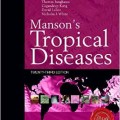دانلود کتاب راهنمای درمان ضد میکروبی سانفورد
The Sanford Guide to Antimicrobial Therapy, 40 Spi
Oregon Health Sciences Univ., Portland. Annual guide offers information on antimicrobial therapy. Covers initial choice of therapy, recommended antibacterial agents, duration of therapy, highly resistant bacteria, pharmacology, antiviral therapy, and pediatric dosages. For pharmacists. Wire-spiral binding, softcover, and large library edition available.
Sanford guides had been given out for free in the past. The charge for the “book” in 2000 was about half of the 2010 price. The Sanford website charges 36% of the book’s purchase price for postage – outrageous! Amazon had free postage. The pamphlet book is slightly larger than previous editions. I would like the book to be slighly larger for better reading but still pocket size.
The book’s style has not really changed over the years and presents up to date info on the current antibiotics needed for infectious diseases.
The abbreviations used for antibiotics to save space should be eliminated and should be spelled out. With a slighly larger book size and better type set this would be possible.
Grab your reading glasses and try the best little antibiotic guide out there. Well cited and using EBM extensively, this little pocket antibiotic guide is a practicing physician’s best friend. Allergic to Augmentin or Septra? This guide usually lists recommended alternative antibiotic regimens for a given condition. It also gives suggested starting HAART regimens for HIV. Admiral Sanford started a very good thing, and I use the guide extensively in daily practice (inpt/outpt and ER).
The book itself is a small, quick, pocket-size reference that is mostly chart-based. It is perfect for looking up treatment options, side effects, dosing schedules, etc for various infections. That being said, the use of this book can be moderately cumbersome until you learn how to use it most appropriately because of how it is laid out and its limited index. Having used both Epocrates and Lexicomp for the Iphone extensively as well, I have found that this book is comparable in content in regards to its antibiotic information without the additional cost. However, I have found both electronic references much more user-friendly, faster, more inclusive of other diagnostic conditions and more up to date because of their continual updates. Overall, this is a great purchase if you want a more affordable drug-reference guide than the electronic options that you can carry with you or just prefer to use books.
The Sanford Guide makes an excellent adjunct to the arsenal of books needed for nearly every rotation. It has come in handy during each clerkship so far, except Psych (obviously). Info is organized in table format. Like the title implies, the book is very focused and does not offer anything along the lines of a differential diagnosis.
The one gripe I have is the index, which is very limited and inflexible. You have to know the exact key words/terms to find what is needed. For example, if you’re searching for ‘septic joint’ there is no index entry for ‘septic’ or ‘joint’. You must search ‘Arthritis’ – under which you’ll find ‘Septic arthritis’.
It all comes down to terminology – but it could get annoying at times. A more comprehensive and helpful index would have been very much appreciated. This is the only reason I don’t give 5 stars. Otherwise, the guide is a great resource.
لینک کوتاه : https://bookbaz.ir/?p=4437
نویسنده : David N. Gilbert , Robert C., Jr. Moellering
ناشر : Antimicrobial Therapy; 40 Spi edition
سال انتشار : 2010
زبان کتاب : انگلیسی
نوع فایل : PDF
تعداد صفحات : 220
(ISBN) شابک : 1930808607
قیمت کتاب درآمازون : $74.06
حجم فایل : 6 MB







